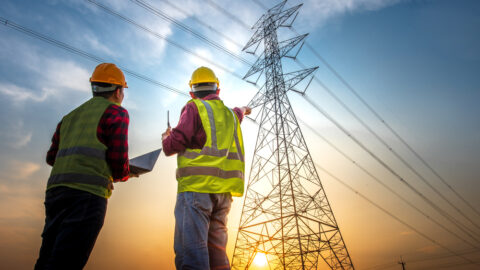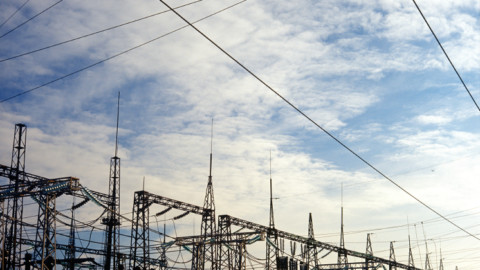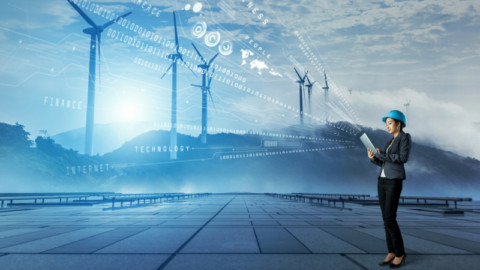Orica has completed its Kooragang Island Decarbonisation Project in Newcastle, which had made use of an Australian-first technology to reduce 98 per cent of emissions at the site’s nitric acid plants.
The fully operational tertiary abatement technology has reduced greenhouse gas (GHG) emissions released by Orica’s three nitric acid manufacturing plants by at least 98 per cent.
This is equivalent to 48 per cent of the site’s total GHG emissions and eleven per cent of all chemical industry process emissions across Australia. This project will continue to eliminate 567,000t of carbon dioxide equivalent from the site each year, which is equal to emissions from 50,000 Australian homes.
To facilitate the project, the New South Wales Government’s Net Zero Industry and Innovation Program co-invested $13.06 million, together with Orica’s $25 million financed by the Federal Government’s Clean Energy Finance Corporation. The Clean Energy Regulator also approved the project as eligible to generate Australian Carbon Credit Units.
Orica Managing Director and CEO, Sanjeev Gandhi, said this project demonstrates that with the right policy settings and corporate commitments, emissions reduction is possible in hard-to-abate industries.
“The policy certainty from the passage of the government’s Safeguard reforms means we can now continue to accelerate our decarbonisation plans with confidence,” Mr Gandhi said.
“We will continue to invest across our operations, to ensure Australian manufactured products remain competitive as the world transitions to a lower carbon economy. Our focus now moves to decarbonising our operations at Yarwun in Queensland utilising the same proven technology.”
Federal Minister for Climate Change and Energy, Chris Bowen, said the Federal Government is proud to be working in partnership with companies like Orica as they use innovative technology to reduce their emissions.
“This is exactly the type of innovation that our Safeguard reforms incentivise, helping industrial emitters reduce their emissions while staying competitive,” Mr Bowen said.
“We congratulate Orica for investing in technology that helps protect job security for the over 250 employees at the Kooragang Island facility – ensuring they remain competitive in a decarbonising global economy.”
Orica said that in its commitment to accelerating progress towards its 2050 net zero ambition, it has turned its attention to tackling the remaining material greenhouse gas emissions on-site – an initiative that will require a low carbon alternative feedstock for ammonia manufacturing.
This feedstock will likely come in the form of renewable hydrogen, to replace the current natural gas feedstock. By replacing natural gas with renewable hydrogen, Orica intends to free up domestic gas supply for Australian households.
Working with Origin Energy on the Hunter Valley Hydrogen Hub (HVHH) to deliver a commercial-scale renewable hydrogen supply chain in the Newcastle industrial and port zone, phase one of the project will produce renewable hydrogen from recycled water and renewable electricity using a grid-connected 55MW electrolyser.
In addition to scaling up production, opportunities between the Port of Newcastle and Orica are currently being explored for ammonia storage and a potential domestic and international terminal located on the Clean Energy Precinct.
Mr Gandhi said Orica is deeply committed to future-proofing manufacturing, jobs and economies, maintaining supply chain sovereignty and building a solid foundation for a regional Hydrogen Hub in the Hunter Valley, while also supporting its customers to achieve their sustainability goals.
“However, these projects will take time and significant challenges exist,” Mr Gandhi said.
“Collaboration with government, community, industry, academia and commercial partners will be critical to the success of this project.
“We believe this will give Australia the best chance at establishing a robust domestic renewable hydrogen and ammonia industry with export and global scale while thriving in a lower carbon world.”
Featured image: The completed Kooragang Island Decarbonisation Project. Image credit: Clean Energy Finance Corporation.
















